Why isn’t inclusive fashion already the norm?

There's a quiet power in wearing something that just fits. Not just physically but emotionally. It hugs you in the right places, lets you move freely, and lets you show up in the world without apology. It doesn't ask you to shrink.
For decades, mainstream fashion followed a rigid ideal: slim, toned, proportioned. Anyone outside that mould was a hand-made compromise: "stretch" panels, shapewear built into every seam, and cuts meant to "flatter" by hiding. Now, the shift is less about trends and more about philosophy. Bodies aren't problems to solve; they're stories to dress.
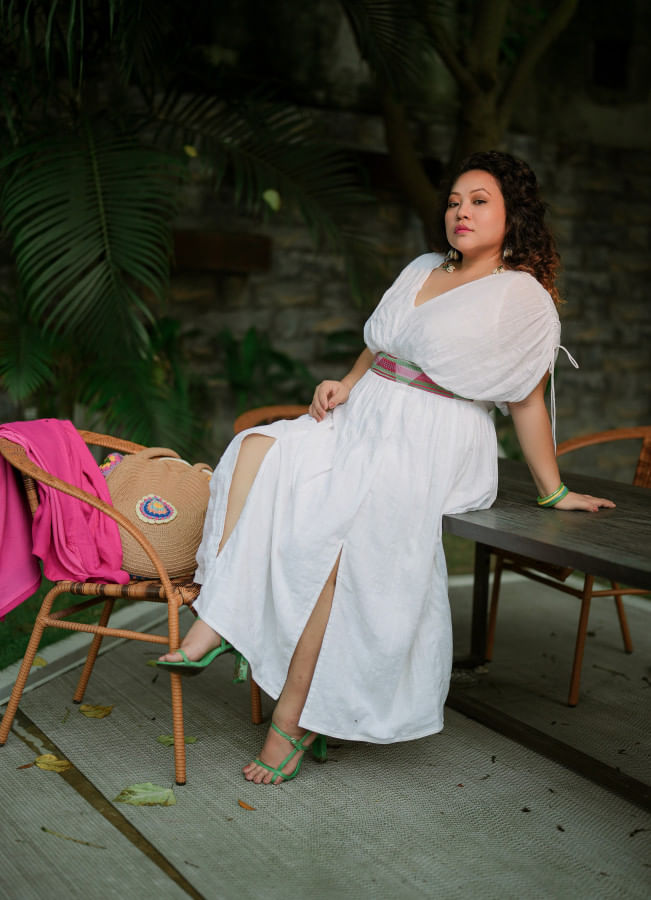
"I don't want to wear something just because it hides my stomach," says Samira Ahsan, 32, a schoolteacher from Dhaka. "I want to wear it because it makes me feel like myself. My actual self – not the one I thought I had to be."
Ahsan, who started getting her clothes tailored after being frustrated with mall sizing, says the game-changer wasn't just the fit — it was the freedom. "When the clothes fit me, I stopped wishing I could fit into something else."
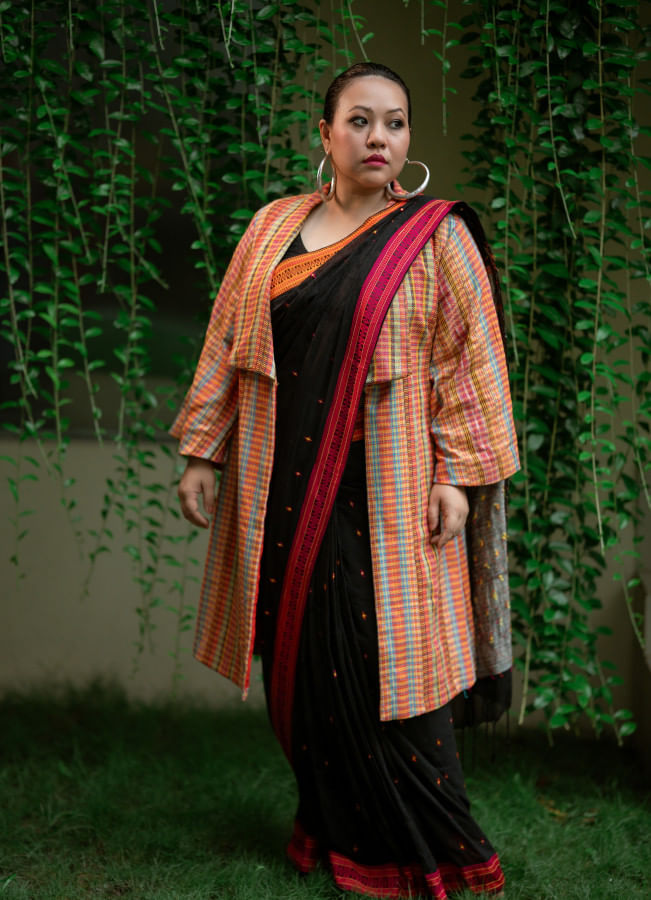
Confidence is built, not bought
Wearing what you love can still feel radical. Especially in cultures where body commentary is casual, constant, and often cruel.
"Even at family dinners, someone will comment, 'You've gained weight,'" says Rima Chowdhury, 27, a freelance photographer. "There were years I only wore overly loose kurtis. Not because I liked them, but because they made me disappear a little."
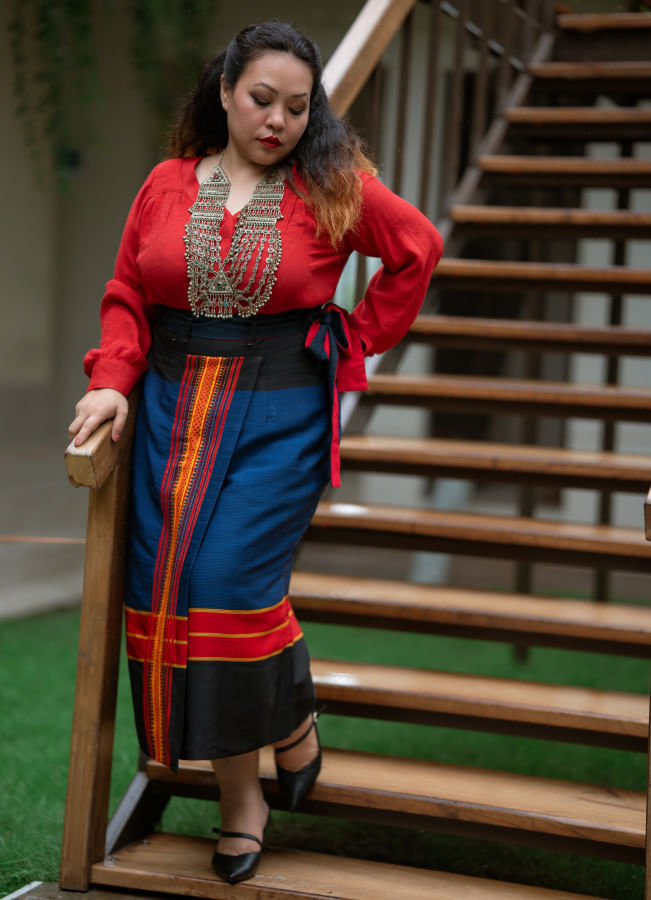
As conversations around body positivity grow louder, the real work continues quietly — in dressing rooms, on living room floors, in front of mirrors where people still second-guess whether they "deserve" to wear something bold, bright, or body-hugging. Despite all the slogans and hashtags, the question still hangs in the air: "Can I really wear this?"
For Chowdhury, discovering a local designer who made wide-leg pants in actual plus sizes felt like unlocking a door.
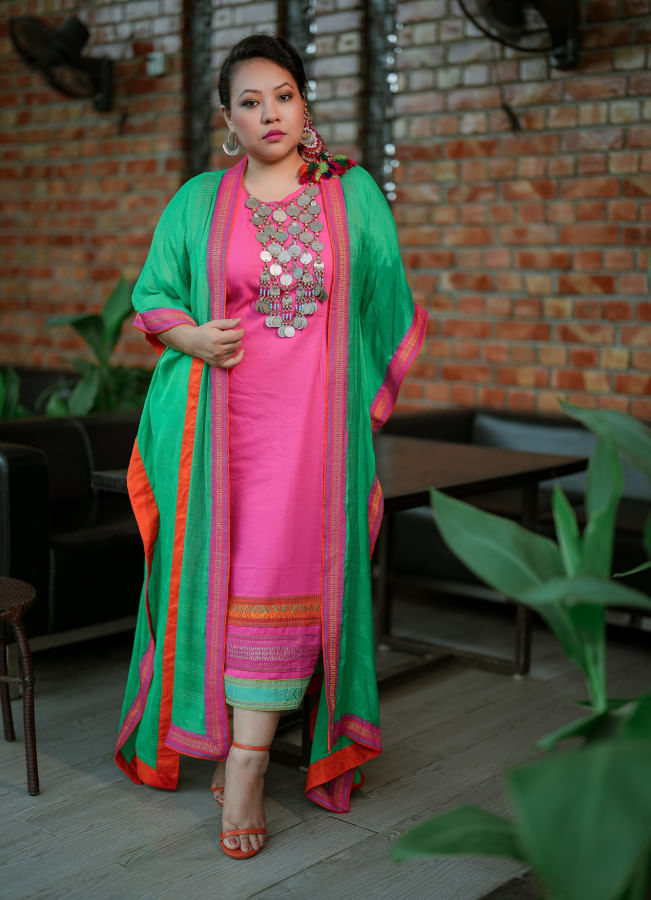
"I wore the red ones to a wedding. Not even a big wedding — just my cousin's. But for the first time, I didn't spend the night sucking in my stomach."
Inclusive clothing is more than fabric. It's a message that you're not waiting to become someone else to show up fully in your life.
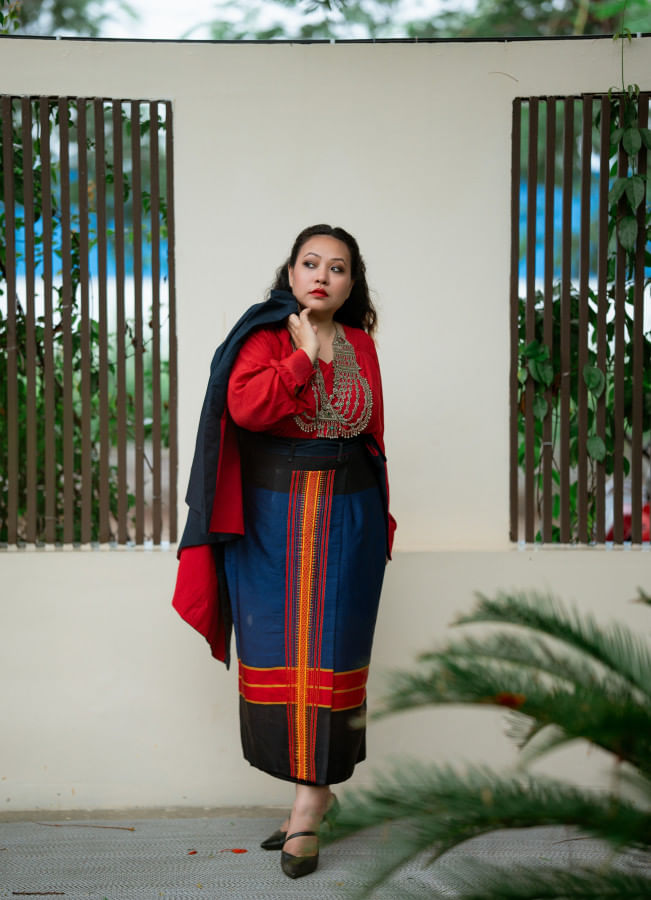
What the experts say
Dr Helal Uddin Ahmed, child and family psychiatrist, highlights how early body shaming can distort self-image for life.
"Negative or critical comments — about weight, skin tone, or even height — especially during childhood and adolescence, can lead to deep-seated issues like anxiety, depression, and eating disorders," he explains.
He also notes how social media and cultural messaging can deepen that damage.
"Body image becomes distorted by repetition, especially when people are praised only when they change their bodies. We need to shift our focus to function, joy, and wholeness – not just appearance."
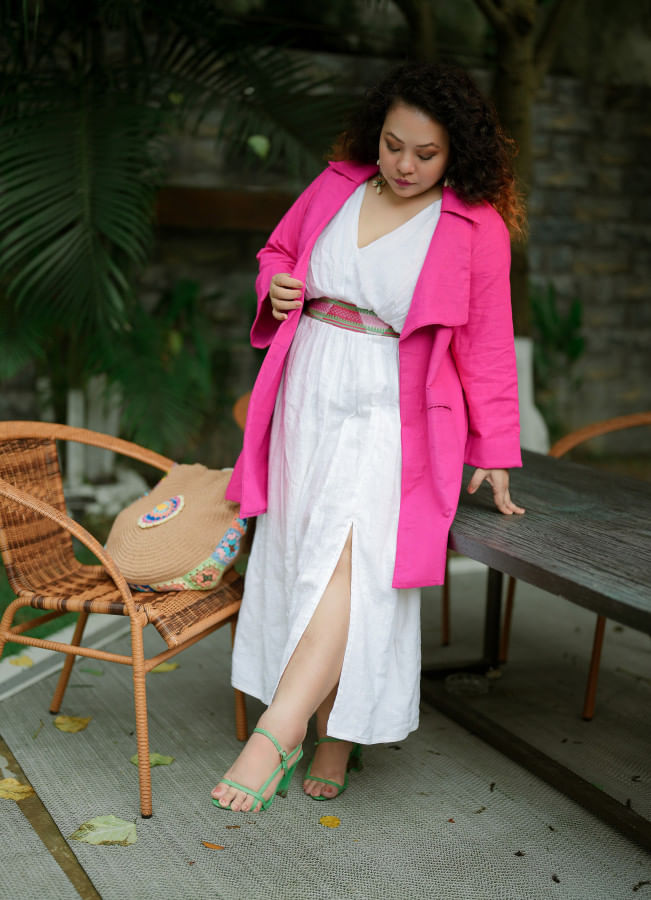
That's where inclusive clothing can step in. It allows people to see themselves reflected, not airbrushed, not shrunken, not idealised, but real. And celebrated designer Tenzing Chakma has been designing with that exact philosophy. His designs reject the outdated notion that fashion is only for the thin, the tall, or the toned.
"I just tried to make something that plus-sized women would look really good in," he explains. "You can really wear anything. It all depends on who carries it and how," states Chakma.
"More designers should be encouraged to make clothes for all people – not just skinny people," he adds. "I'm trying to make clothes that are wearable, comfortable, and stylish for plus-sized individuals."
His use of breathable cotton fabrics is intentional. "I've made items they can wear every day — not just on the runway."
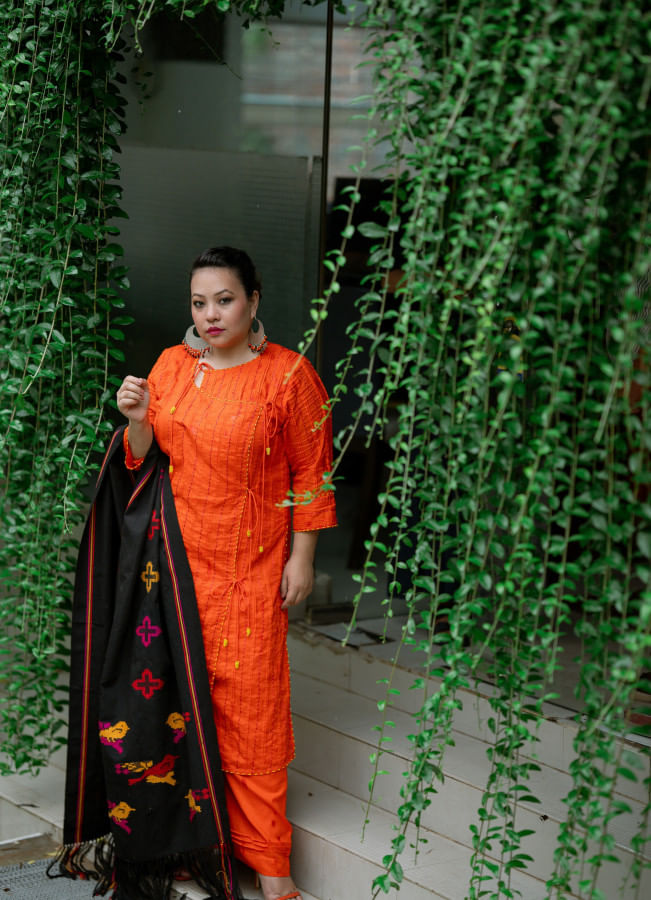
Still a long road
Although the industry is shifting, access remains uneven. Many inclusive brands are still niche, often online-only, and sizing consistency remains an issue. Prices are often higher, and in places like Dhaka, mass retailers still mostly cater to a slim-fit default.
Tailoring remains the saviour – but not everyone sees it that way. "I used to hate going to tailors," says Ahsan. "It felt like admitting defeat. Now I see it as agency — I get to choose how my body is dressed."
The real change, however, is cultural. Until we stop equating beauty with narrow silhouettes, many people will still feel like they're "breaking rules" just by wearing what they want.
It's time to unlearn those rules.
Owning the space
What body-positive clothing really offers is not a cure for insecurity — it offers choice. The choice to wear a fitted dress is because you like the way you look in it. The choice to pick bold prints because your personality is loud, not because your body is small. The choice to stop asking for permission.
As Chowdhury puts it, "I'm not brave for wearing a sleeveless blouse. I'm just tired of sweating in shame."
And that's the quiet revolution. Not just inclusion in sizing, but inclusion in style, comfort, and identity.
Confidence doesn't come from shrinking. It comes from standing tall in something that lets you breathe, and maybe even dance.
Model: Chiangmai Talukder Lena
Wardrobe: Sozpodor by Tenzing Chakma

 For all latest news, follow The Daily Star's Google News channel.
For all latest news, follow The Daily Star's Google News channel. 

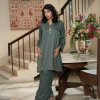



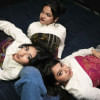


Comments